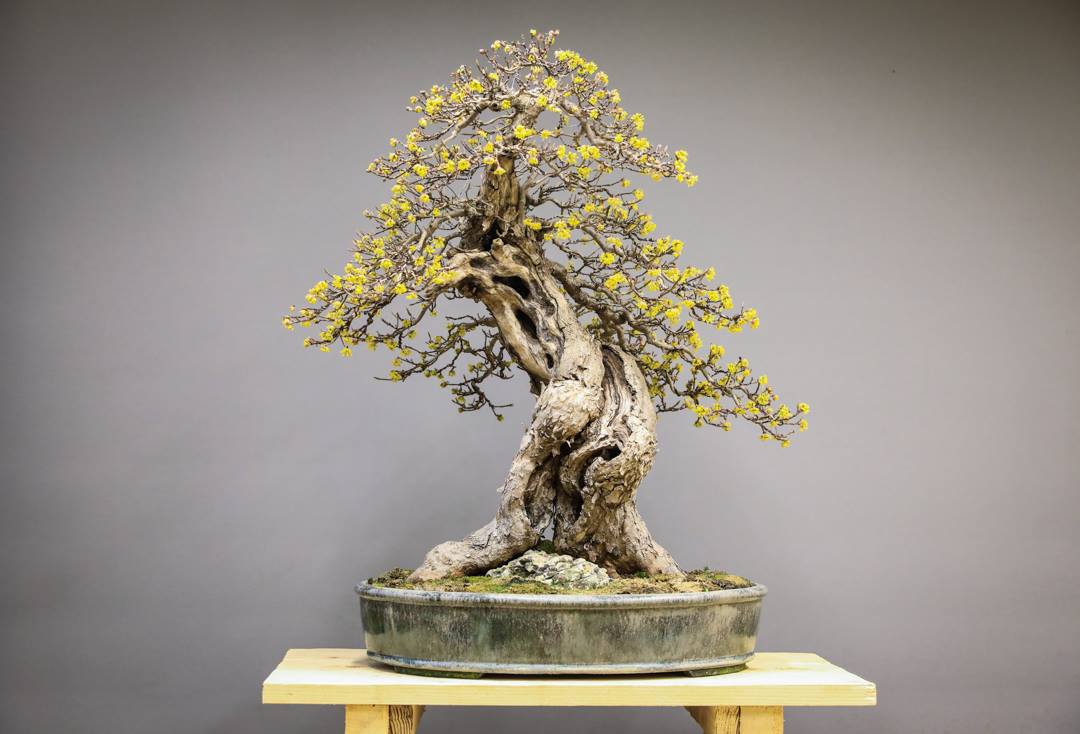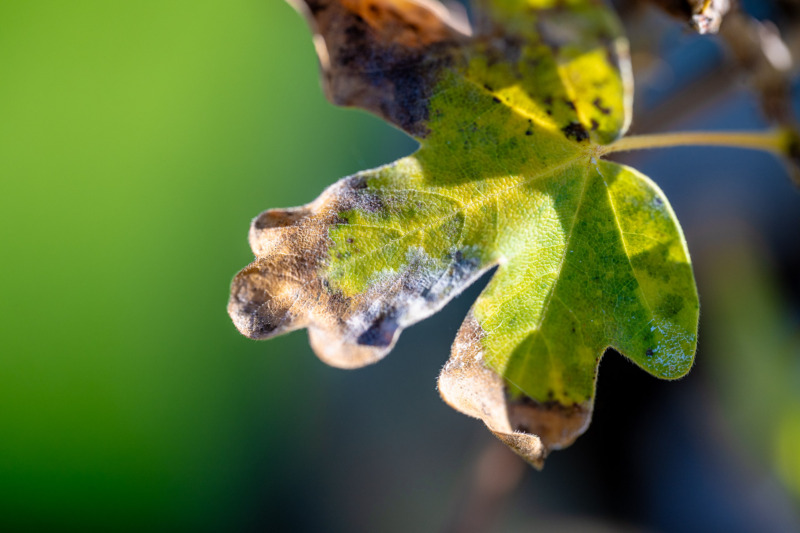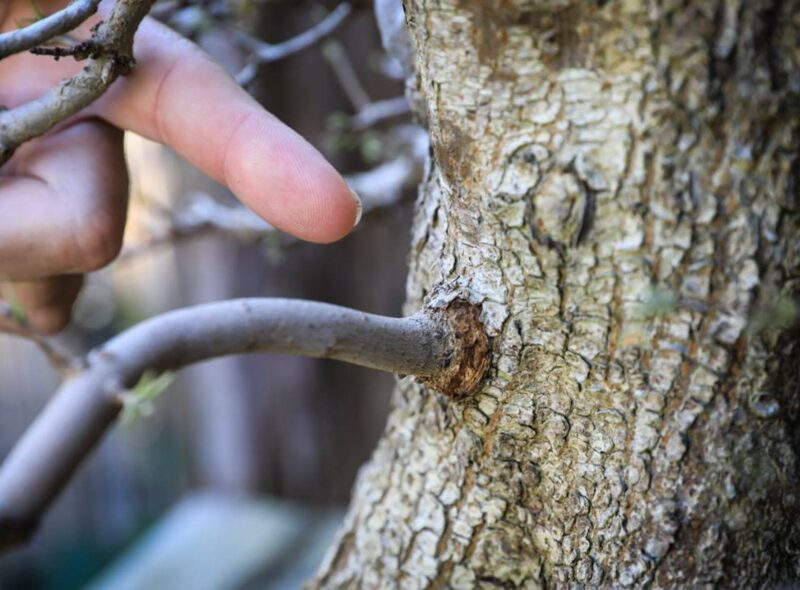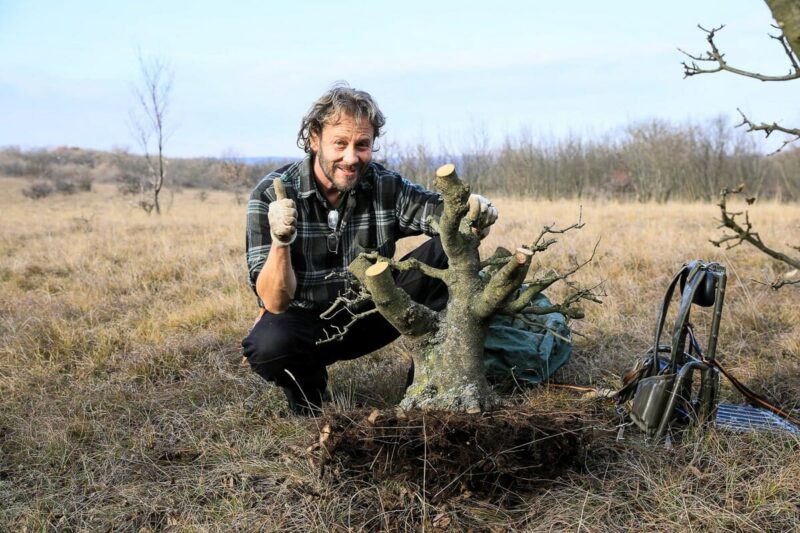Categories
Tags

Guidelines for the pot size to match the proportions of the bonsai:
Tree and bowl form a single unit.
When looking at this unit, one part must never stand out on its own.
All of these rules apply to bonsai whose design and proportions are complete. For bonsai that are still in the design and development phase, you should dispense with the tray rule and choose a tray in which the root volume can be comfortably accommodated.
Except for beautiful solitary bonsai, you can have a handmade bowl made. However, there are also very beautiful and high-quality handmade and inexpensive bowls from China, the country of origin of bonsai.
The most famous shell production sites in Asia are the regions: Yixing, (China)
Tokoname, (Japan)
You can recognize a handmade bowl by the signature stamp on the underside of the bowl. Machine-made bowls do not have a stamp.
Different quality classes of pots are available on the market, depending on the hardness of the clay. As bonsai are cultivated exclusively outdoors in Asia, stoneware quality pots are used there, which are fired at 1100°-1300° C and are frost-proof.
Tropical and subtropical bonsais are mostly imported to Europe, usually in a pot made of terracotta or earthenware. Both types of pots are not frost-proof.

Category
Editor

Category
Editor

Category
Editor